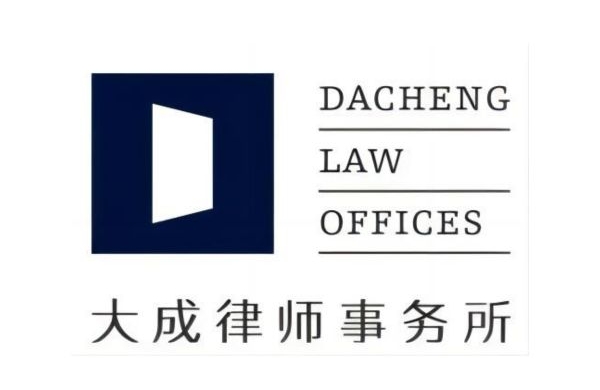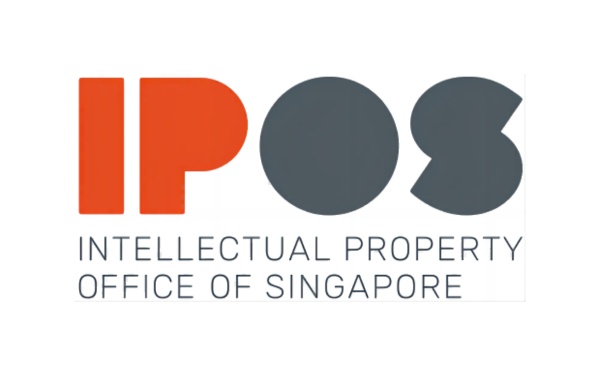Did not receive verification mail? Please confirm whether the mailbox is correct or not Re send mail

IPR Daily
- 2022-04-19 10:59:14
Korea:KIPO Publishes Examination Guidelines for Autonomous Vehicle Inventions
On March 17, 2022, the Korean Intellectual Property Office ("KIPO") announced new patent examination guidelines ("Guidelines") for applications relating to the field of autonomous driving technology. The Guidelines are the result of an increase in the number of such applications, and are intended to improve quality and predictability of examination standards in this field.
The Guidelines primarily deal with four patentability requirements in the Korean Patent Act ("Act"): i) written description (Article 42(3) of the Act), ii) claim scope (Article 42(4) of the Act), iii) eligible subject matter (Articles 2 and 32 of the Act), and iv) novelty and inventiveness (Article 29 (1) and (2) of the Act). While not substantially different from general prosecution practice, the Guidelines provide examples specific to autonomous vehicles and driving that may be useful guidance for applicants preparing Korean applications in this area.
1. Written Description
The Guidelines require that sufficient written description be provided to allow a person of ordinary skill in the art ("POSITA") knowledgeable regarding autonomous vehicle technology to accurately understand and utilize the invention without any additional prior knowledge. KIPO will consider:
- The state of the relevant technology (e.g., SAE autonomous driving level) at the time of filing
- Commonly known ADAS-level driving control technology is considered easily implementable and does not require detailed description
- Inventions related to recognition, judgment, and control means for autonomous driving require detailed description of their implementation or algorithms
- Descriptions that include mathematical formulas to implement autonomous driving require that the relevant variables and their technical significance be defined
2. Claim Scope
According to the Guidelines, functional claims will generally be accepted due to the inherent nature of inventions relating to autonomous vehicles.
3. Eligible Subject Matter
a. Technical ideas utilizing the laws of nature
The Act requires that an invention shall be related to a technical idea or concept utilizing the laws of nature. Abstract ideas, natural phenomena, the use of human mental, psychological, or physical action, or inventions that run counter to the laws of nature cannot be patented. Examples of non-patentable subject matter may include:
- A processing step for autonomous driving involves human determination or mental activity (e.g., where a human vehicle operator compares a vehicles operating behavior)
- A storage medium's function where limited to mere preservation of autonomous driving data (e.g., a storage medium that stores information related to the operator – coordinates for work, home and/or time of day operator drives to work etc.), and not involving any processing or unique recording technology related to the stored data
b. Against public policy and morality
The Act prohibits the grant of a patent if the invention is deemed to be in violation of public policy, regulations (e.g., traffic laws), or human morals. Examples may include:
- Inventions that cause a vehicle to exceed the speed limit
- An algorithm that chooses to save certain persons rather than other persons in cases where injuries/casualties are inevitable (i.e., implementation of the "trolley dilemma")
- Inventions that cause a vehicle to cause an accident
4. Novelty and Inventiveness Review
The Guidelines provide a number of considerations with respect to the use of common knowledge in examinations of novelty and inventiveness:
- Inventions that merely automate human driving tendencies/inputs may be rejected on grounds of common knowledge relating to driving (e.g., where a vehicle's speed is reduced when approaching a speedbump and increased after it has passed the speedbump)
- Business method inventions that merely implement public transportation services through autonomous driving technology may be rejected on grounds of common knowledge relating to transportation services (e.g., an autonomous taxi service using a mobile ride-hailing app)
- Inventions that merely apply the latest computing technologies (AI, big data, etc.) for the purpose of improving autonomous driving may be rejected on grounds of common knowledge relating to computing technologies (e.g., using deep learning applied to obstacles detected by a camera to further enhance obstacle recognition)
- Commonly known ADAS technology (ACC, SPAS, HAD, AEB, BSD, LKAS) will be considered common general knowledge of a POSITA
Source:kimchang.com
Editor:IPR Daily-Selly
- I also said the two sentence
- Also you can enter 140words
 PurpleVine Successfully Assists Client in Invalidating Sisvel US Patent
PurpleVine Successfully Assists Client in Invalidating Sisvel US Patent Chang Tsi & Partners Successfully Represents Wuxi's First Intellectual Property Civil Case Attached to Criminal Case
Chang Tsi & Partners Successfully Represents Wuxi's First Intellectual Property Civil Case Attached to Criminal Case China Monthly Antitrust Update: February 2024
China Monthly Antitrust Update: February 2024 IPOS was publishing a legal decision involving the trademark of tech giant, Google
IPOS was publishing a legal decision involving the trademark of tech giant, Google


